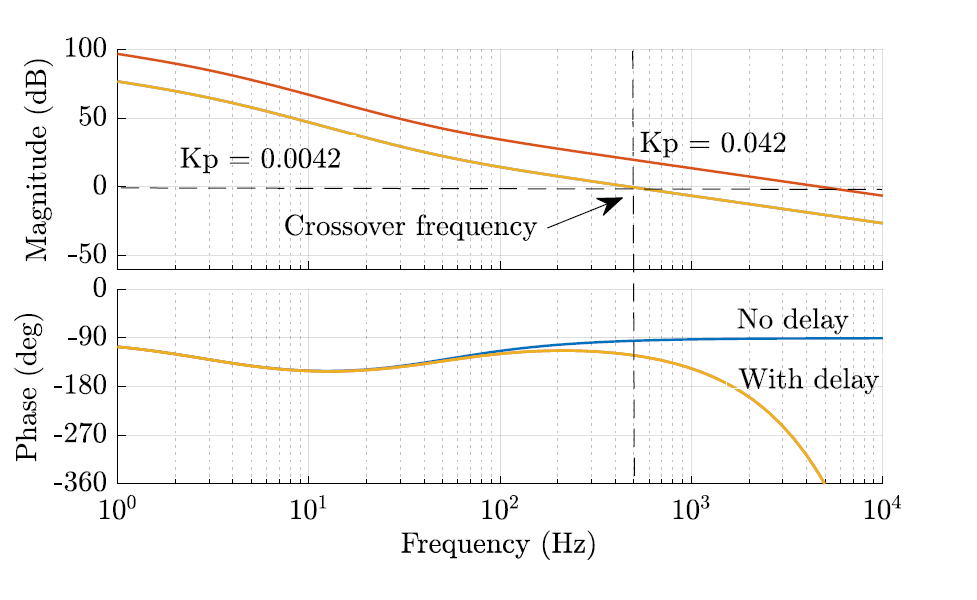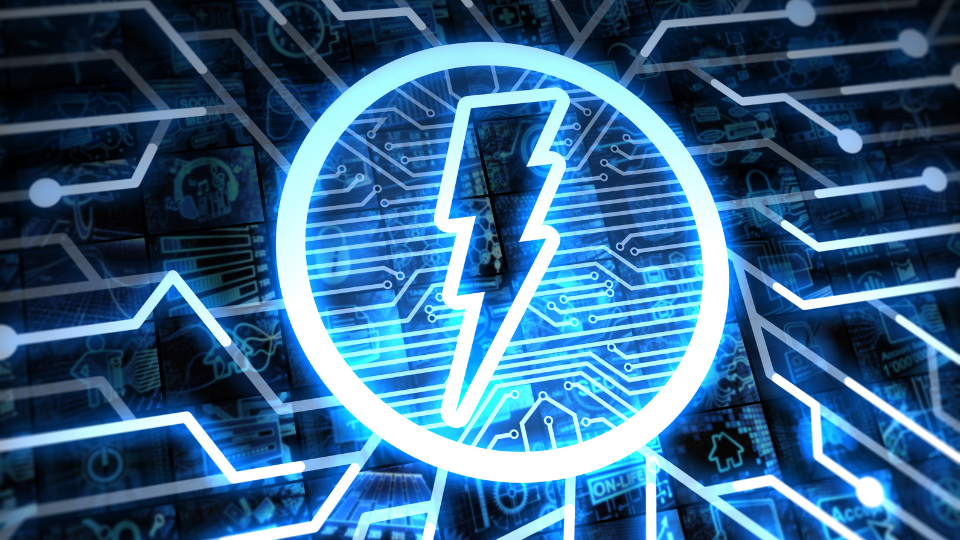In many rural parts of South Africa, power is delivered using single-wire earth-return systems that originate from three-phase networks. This electrification method makes it challenging to maintain balanced loads across all phases, and the uneven voltage distribution sometimes exceeds the limits set by the NRS-048 standard.
Renewable energy sources such as wind and solar are connected via inverters, which tend to remain inactive during periods of low generation. This situation opens an opportunity to repurpose these inverters so they actively regulate voltage and correct imbalances. Against this background, Werner De Wet’s work, under supervision of Prof Johan Beukes, investigates how inverter control can assist with voltage unbalance on low-voltage electricity networks.
The Control System Approach
The research investigates the factors that lead to voltage unbalance. Rural power systems experience unbalanced loads because single-phase feeders supply areas with limited consumption, while components like AC traction and non-transposed lines add extra strain on the system. Although the NRS-048 standard restricts voltage unbalance to less than 2%, conditions in practice can cause higher deviations. The presence of inverter-based renewable energy systems indicates that these devices might assume a dual role. Instead of remaining inactive, the inverters can be reprogrammed to provide reactive power and adjust active power flows between phases.
A control system was developed using MATLAB Simulink to tackle voltage regulation and voltage unbalance. The design employs two loops. An inner loop uses a dual current controller that manages positive and negative sequence components in the dq reference frame. A separate outer loop comprises a DC voltage controller along with two voltage controllers that address the positive and negative sequence components.
The positive sequence controller adjusts reactive power to maintain the desired voltage level at the grid interface. The negative sequence controller works to reduce the voltage unbalance by minimising its corresponding component. A phase-locked loop maintains synchronisation with the grid voltage when unbalance is present, although it introduces a delay that influences the response of the voltage controllers.

Figure 1: Bode response of the control system open-loop transfer function with an ideal PI controller.
Simulation and Experimental Findings
The system was first modelled in simulation, where various scenarios were examined. The simulation demonstrated the behaviour of each part of the control system and showed that the controller bandwidth directly affects response speed. A faster control loop compensated for deep voltage dips more effectively, while the delay from the phase-locked loop influenced the overall performance.
When the experimental setup was implemented on an 80 kVA inverter connected to the grid, the positive sequence voltage controller maintained the interface voltage within a very tight range when balanced loads were applied. With the introduction of a load that generated an 8% unbalance, the inverter control system reduced that unbalance to a very low level. The inverter adjusted per-phase active and reactive power in such a way that the overall active power exchanged remained nearly zero, while reactive power adjustments maintained voltage stability.
Werner De Wet’s work offers a method for repurposing existing inverter installations, converting them into active contributors to grid quality. The study calls for further exploration of controller parameter settings and improved synchronisation methods, which could enhance electrical distribution networks’ performance in rural areas.
Download and read the full research paper at: https://scholar.sun.ac.za/items/e8d47a62-8538-4829-b5f6-a9ceaf445961





